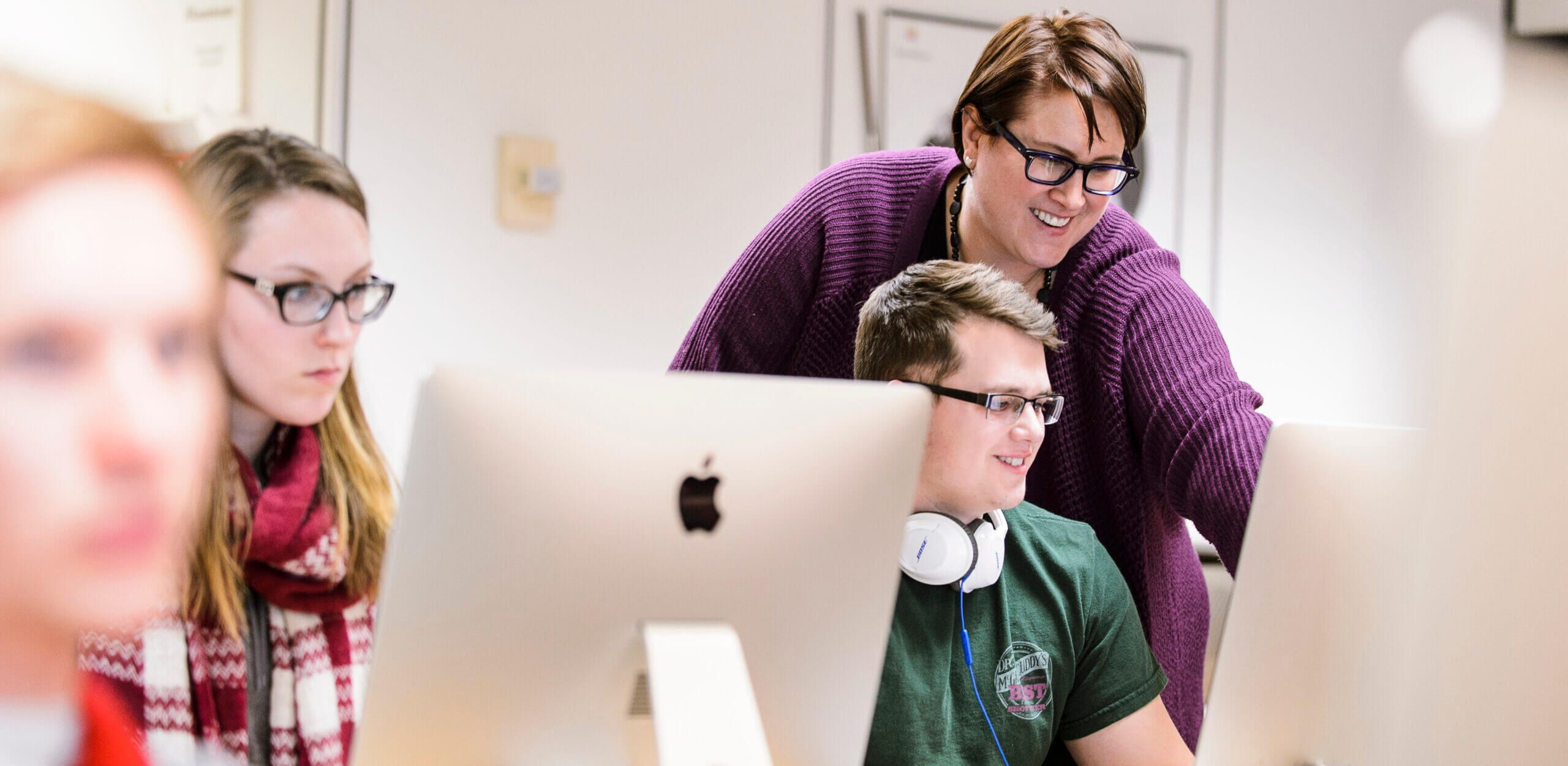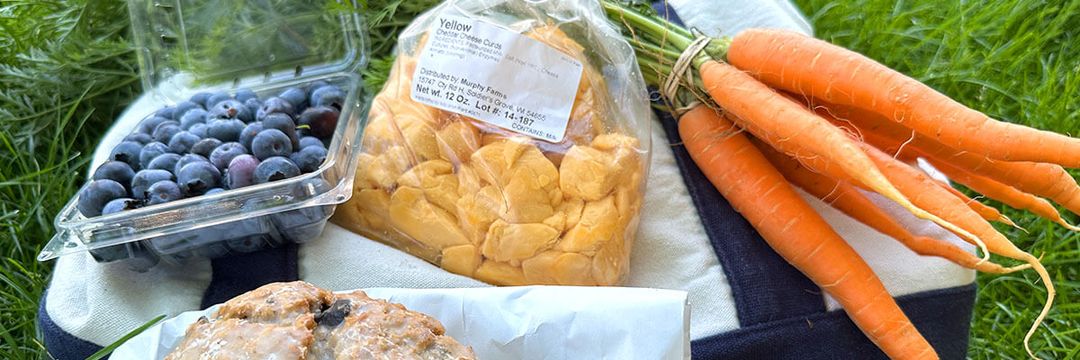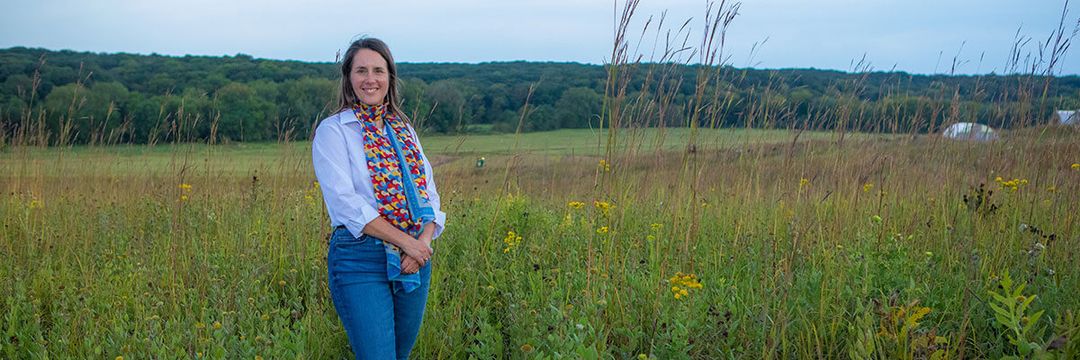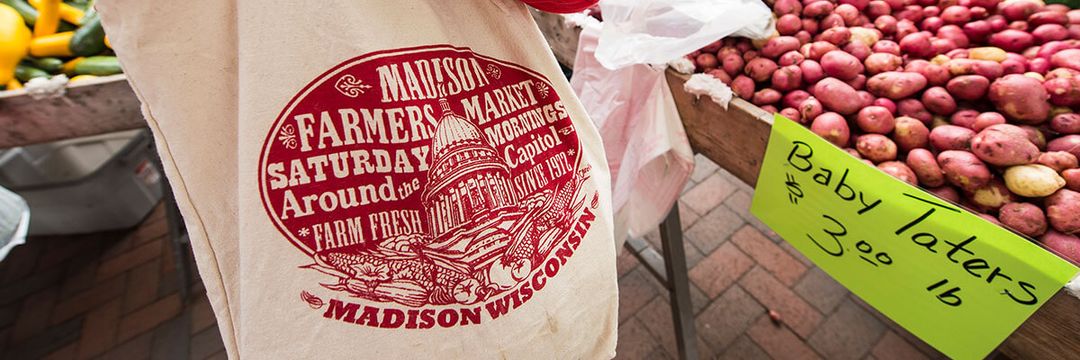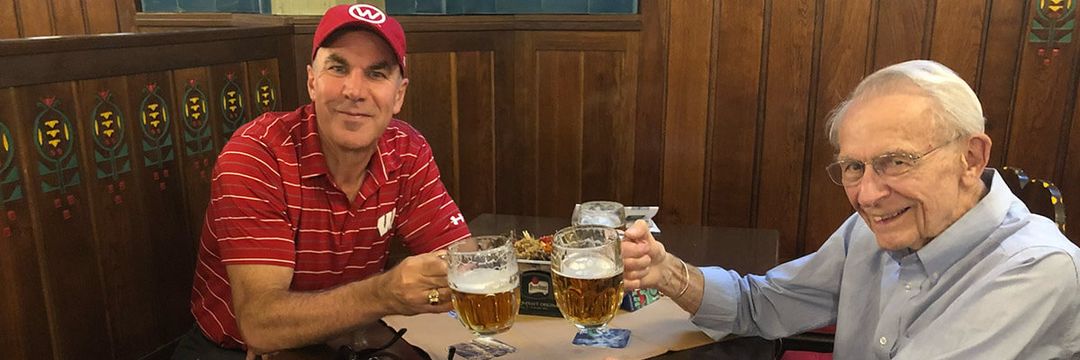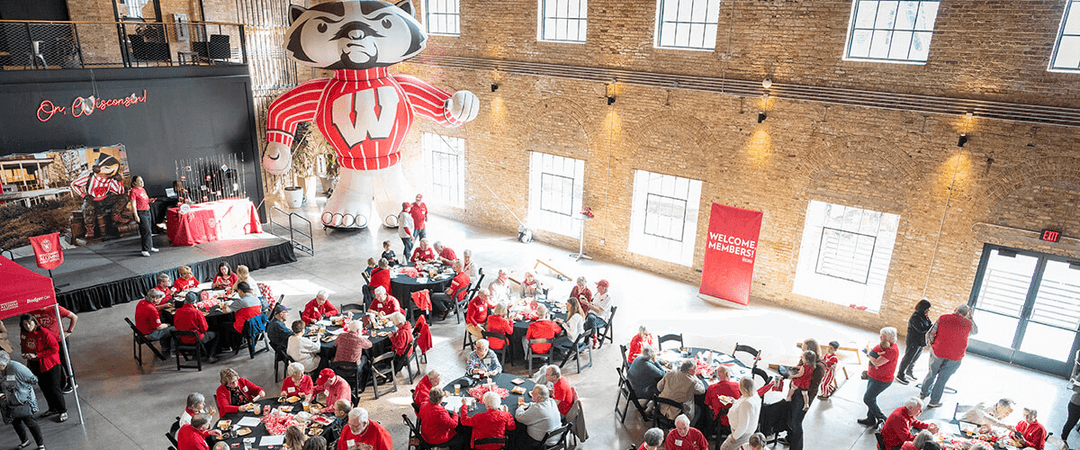Ahna Skop PhD’00 may be the STEAM-iest person on the UW–Madison campus, at least if the steam you’re looking for includes science, technology, engineering, arts, and mathematics. Skop first came to the UW to study cellular and molecular biology, and she returned to become a professor in the department of genetics in 2004. She was born into a family of artists, and she grew up in a household that freely mixed art and science. “I didn’t think they were any different,” she says. Her father was a fine artist and sculptor, but he “was also a medical illustrator, and my mom loved to dissect things. Science has always been part of my life.”
In her current research and teaching, she continues to mix science and the arts. Her research areas include cell biology, cancer genetics, genomics, and cytokinesis, but she’s also a faculty affiliate with UW–Madison’s Department of Art and Department of Life Sciences Communication — she might be the only person in the world with that triple appointment. The mix is why she loves Madison. “It’s an awesome place to do interdisciplinary research and a million other things,” she says. “It’s got science, art, and everything under the sun.”
Outside the lab and classroom, Skop’s outreach includes Genetic Reflections, a 40-foot installation meant to show the beauty in genetic and genomic research — which then inspired a coloring book of the same name. The book is an ABC of genetics — “N Is for Nucleus” and “V Is for Virus” — and it offers readers a chance to engage with and color in genetically accurate drawings.
Skop teaches a capstone course titled Genomics and Proteomic Analysis. The subject matter demands students learn about genomic approaches, and the format demands that they learn to communicate science in multiple ways. “I saw an article showing 25 million job postings — the number-one quality that you need to succeed in any field is communication,” Skop says. “So I thought, hey, wouldn’t that be a cool challenge if I actually taught genomics by allowing students to gain skills in science communication?”
My assigned texts include:
Presentation Zen Design by Garr Reynolds
[Reynolds] worked for Steve Jobs, and he played a huge role in designing Keynote for Mac. He offers the psychology about [designing] slides, [and] how people learn and retain ideas visually. If you only put text on slides, you’re going to have 10 percent retention of ideas. If you put text plus pictures, it rises to 65 percent. I tell students that they should remove a lot of text and focus on good visuals. You have to figure out how to tell the story in a different way when you are talking in person.
In my spare time I read:
Cookbooks
I collect cookbooks. I probably have about 450 or 500 cookbooks now. And I recently got a grant to write a book about scientists, called Lab Culture Recipes. I’m a huge Anthony Bourdain fan, and he was a huge champion for cultural diversity. Food brings people together, cultures together, and I discovered how culturally diverse scientists are over the course of this project. It’s awesome to see what other scientists like to eat for breakfast and which scientists they’d like to share a meal with.
The book I keep meaning to read but haven’t is:
How Not to Be Wrong by Jordan Ellenberg
I’ve purchased his books, and they’re sitting in my bedroom, staring at me. I’ve admired Jordan [a UW math professor] for a long time, and he’s even been on The Late Show with Stephen Colbert, which I’m kind of envious of. I’m really impressed by his ability to connect the public to the power of math through his writing. It’s so awesome to have him on campus.
The thing I read over and over is:
Smitten Kitchen by Deb Perelman
I like a lot of bloggers, and Smitten Kitchen is one I really like. She has several cookbooks.
The book everyone should read is:
The Element: How Finding Your Passion Changes Everything by Ken Robinson
Do What You Are: Discover the Perfect Career for You through the Secrets of Personality Type by Paul Tieger, Barbara Barron, and Kelly Tieger
For me and for students and the public alike, a big question is, “What conditions in your environment enable you to be yourself, and what conditions allow you not to be yourself or stifle your true self?” For me, my passion involves science and art, certainly, but also cooking and music. Doing all those things, together, allows me to be super happy in my job. These books are a great way to get you to think about where you need to be: work to your strengths and where you are the most happy.
